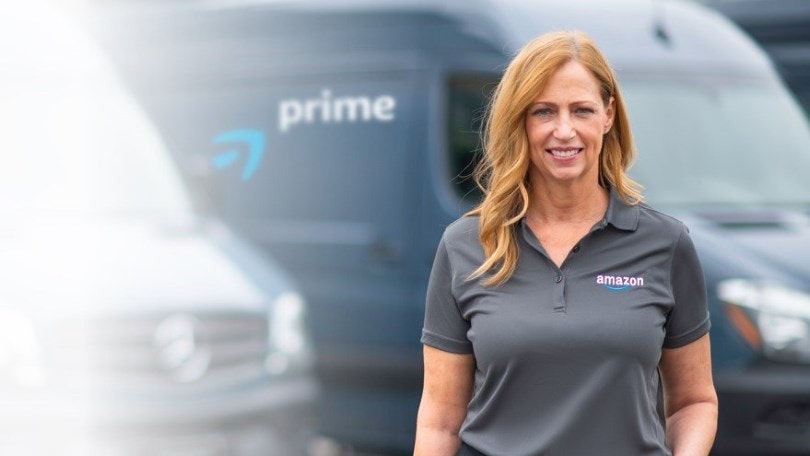
Jul 09, 2019
By Megan O’Connor, Founder & CEO, Clark
Amazon recently announced they’re putting more energy behind their Delivery Service Partner Program, which encourages people to start their own package delivery operations. By offering everything from hands-on training to helping with truck leases, Amazon’s new effort is indicative of a new, unrecognized trend in work—and it isn’t the gig economy.
While the gig economy set a precedent for how technology can impact the work lives of everyday people, what Amazon’s doing is markedly different from the model of Uber, Postmates, Fiverr, TaskRabbit, and others. This is largely because gig work depends on a two-sided marketplace that matches supply (people that want to work) with demand (people that need stuff done for them).
Amazon’s contrasting business model for providing work is something called “business-in-a-box,” which was first coined by the investment firm CRV. This is where a company gives an individual all of the tools they’d need to build their own, independently owned business from the ground up. There’s no standard definition for exactly what comes in the “box,” but it’s usually things like business management or skills-based training, software to manage operations, support with marketing and branding, and even access to the physical capital needed to launch the business.
While they’re the largest player in the space, Amazon isn’t the only company making investments in the business-in-a-box model. A new wave of startups are following suit. Bird is helping people purchase and manage their own fleets of scooters, Wonderschool is helping caregivers start their own pre-schools, and Clark is allowing educators to build their own tutoring businesses from the ground up.
Gig economy companies have long argued that they’re helping people become micro-entrepreneurs by empowering them to be their own bosses. While the jobs do allow people to work on their own terms with flexible hours, their success is also fully dependent on the marketplace: how many people are looking for a given service, and what are they willing to pay for that service?
Earning potential in the gig economy is capped by both how much time a person is willing to put into their work and the current market conditions. An Uber driver will likely make more money on New Year’s Eve, when demand and rates are high. Meanwhile they’ll be out of luck on a slow day like Thanksgiving, when people are generally staying at home.
On the flipside, business-in-a-box companies are actually creating true micro-entrepreneurs. As with any kind of entrepreneurship, the risk is much higher than working for someone else—but so is the potential upside.
Amazon says their delivery business owners can rake in up to $300K a year if they scale their business to 40 trucks. Wonderschool reports that in the right areas, preschool owners can make six figures, too. And at Clark, tutoring business owners make an average of double what they made as teachers.
This is possible for two reasons: scaling supply and driving demand. Entrepreneurs have full control over their business, end to end. Their earning potential is higher because they are empowered to scale and grow their operations, by building out a team and taking on more customers. Rather than being fully subject to the whims of the market, they’re also able to influence demand through activities like marketing, referral programs, reviews sites, and even strategic business decisions like where and when to operate.
As more companies focus on ways to remove the typical barriers to owning a business—whether that’s access to capital, training, or the necessary technology—we’ll see a new generation of entrepreneurs that look very different from those of the past. Social and economic status will matter less when starting out. Core competencies, as they should, will matter more.
This new business model is filling needs in the job market, but in a way that empowers individuals, rather than treating them and their time as marketplace commodities. It’s exciting to think about what this shift could look like industries like travel, delivery, food, and retail, as well as consider its implications for the traditional franchise model. One thing is for sure—we’re just getting started on opening up the possibilities of the business-in-a-box.
